Product Description
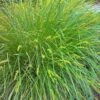
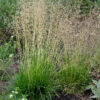
Chasmanthium latifolium – River Oats, Northern Sea Oats
Native/Non-native – Native
Hardiness Zone – 5-8
Sun – Full sun to partial shade
Moisture – Moist to wet
Size – 3-4′ height x 2-3′ spread
Comments
* River restoration
* Retention ponds
Description
Common Name: northern sea oats
Culture
Easily grown in average, medium to wet, well-drained soil in full sun to part shade. Tolerant of poor soils, but prefers moist, fertile soils. One of the more shade tolerant of the ornamental grasses. self-seeds and may spread aggressively. Leaving foliage in place over winter adds interest to the landscape and helps protect crowns from the cold. Cut back to the ground in early spring.
Noteworthy Characteristics
This clump-forming, upright, ornamental grass is a Missouri native plant which typically grows 2-5′ and most often occurs in rich woods or rocky slopes along streams and on moist bluffs. This grass is perhaps most distinguished by the flat, drooping seed heads which hang in terminal clusters on thread-like pedicils from slightly arching stems. Seed heads will flutter when caressed by even the softest of breezes. Seed heads emerge green but turn purplish bronze by late summer. Bright green leaves (5-9″ long) turn a coppery color after frost and eventually brown by winter. Excellent for dried flower arrangements. Common name of inland sea oats is in reference to the similarity of the seed heads to those of oats. This grass was once known as Uniola latifolia.
Problems
No serious insect or disease problems. May need staking or other support.
Garden Uses
Provides excellent contrast and texture almost year-round to the border, shaded garden, native plant garden, naturalized area, along streams or on the periphery of the water garden. Naturalize or use as specimens or accents.


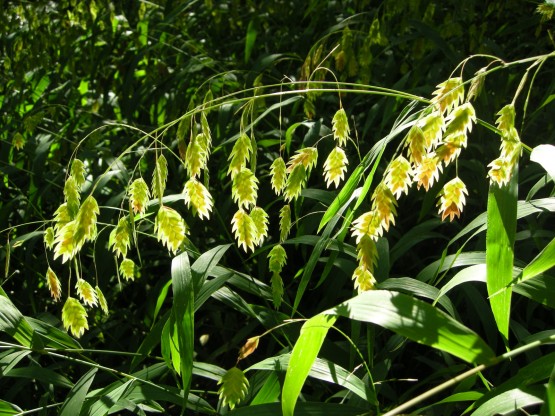

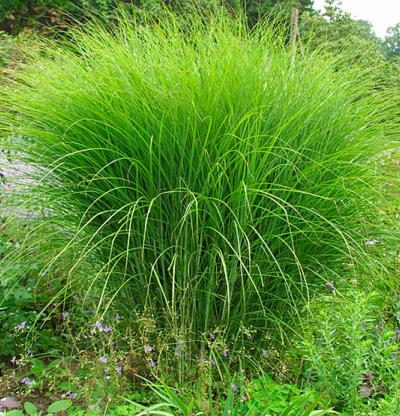
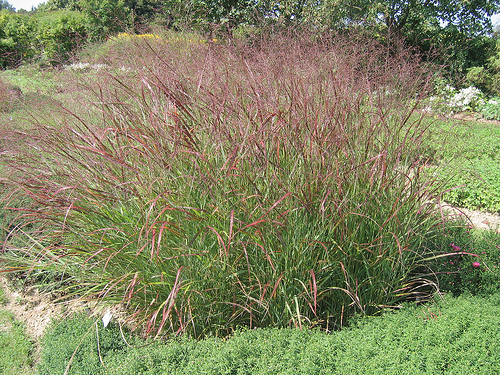
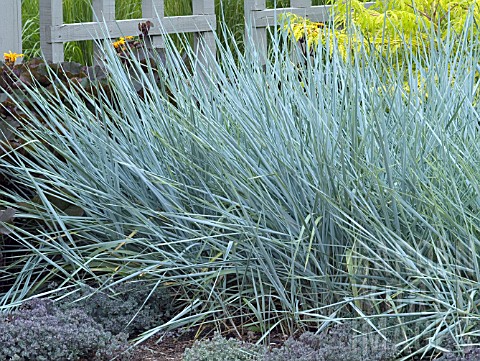
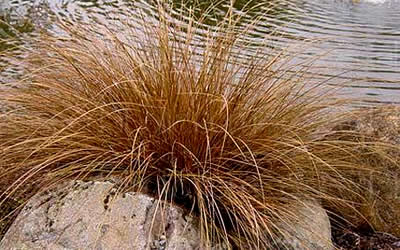
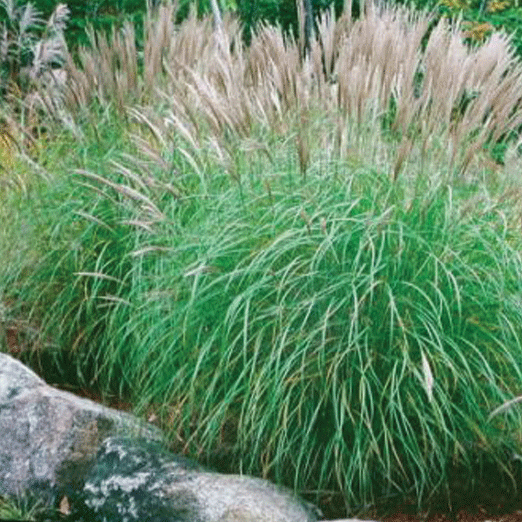

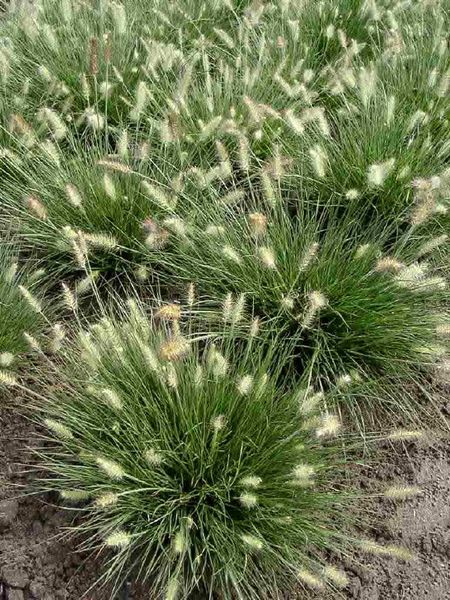
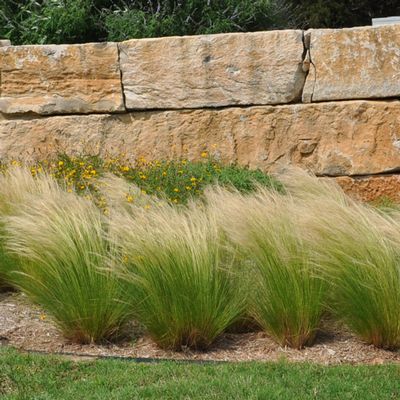
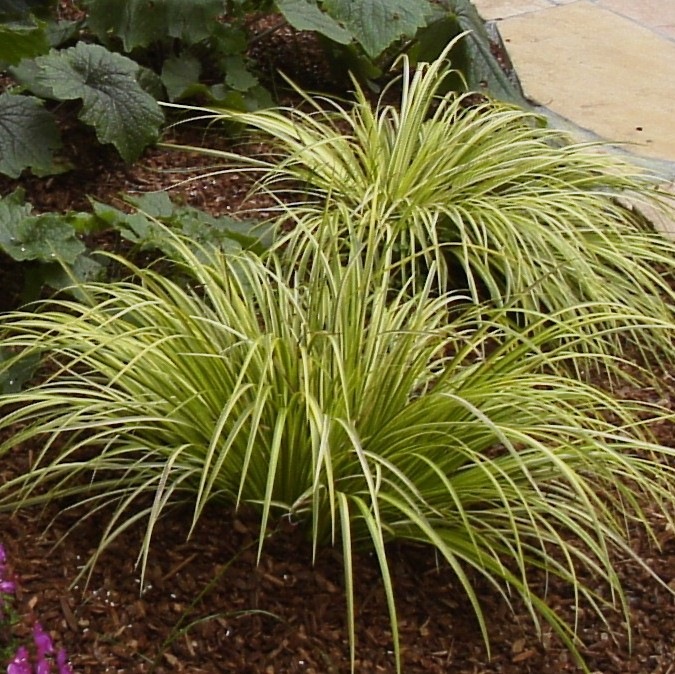
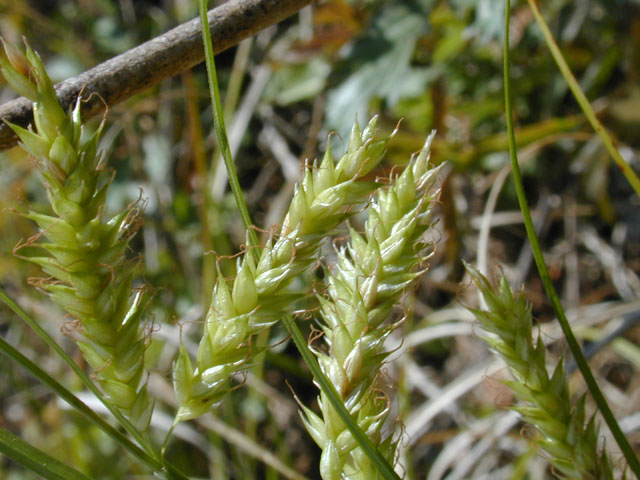
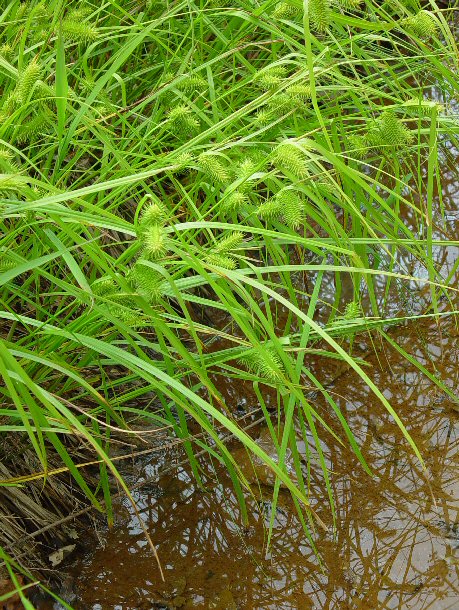

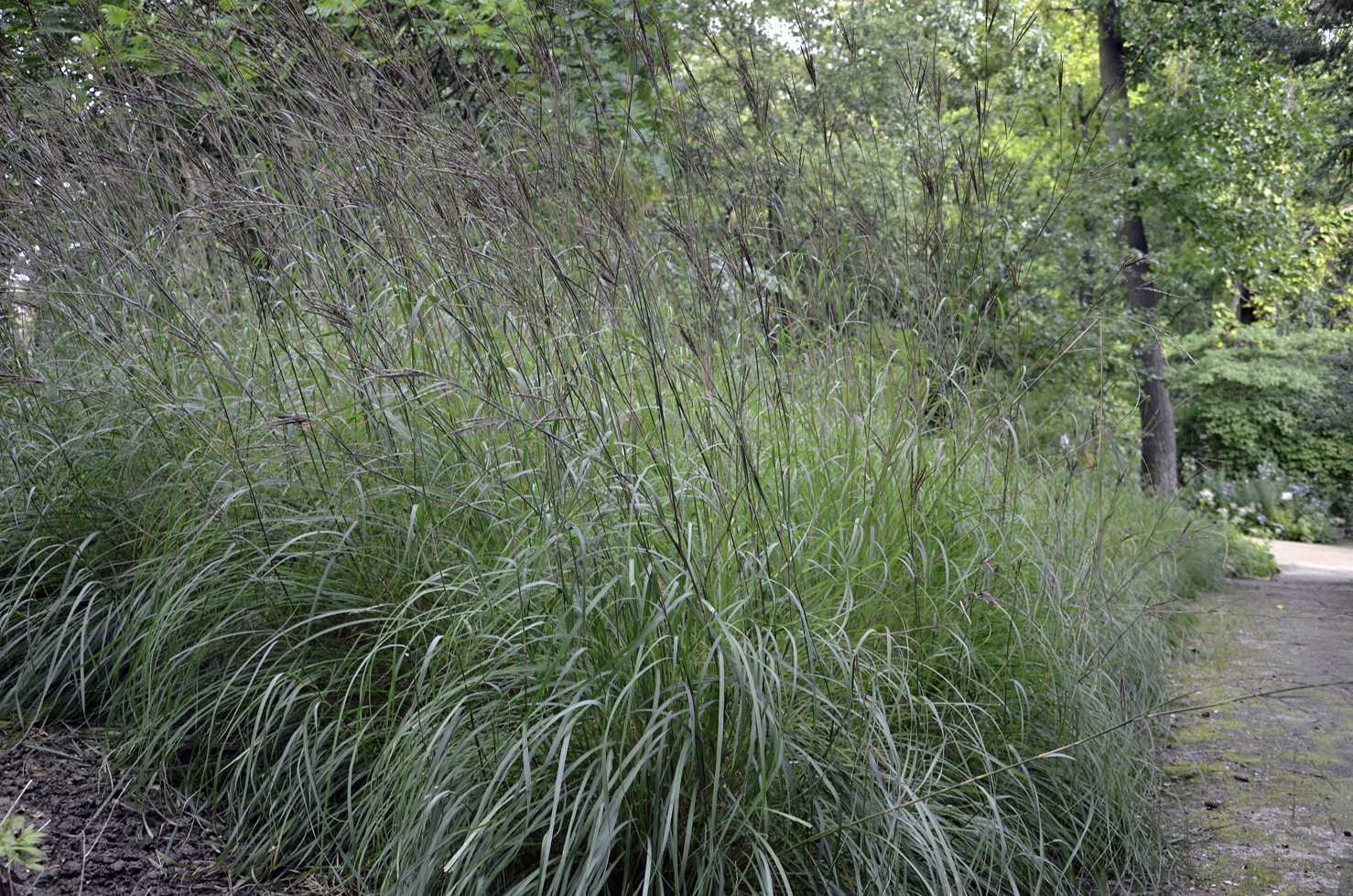
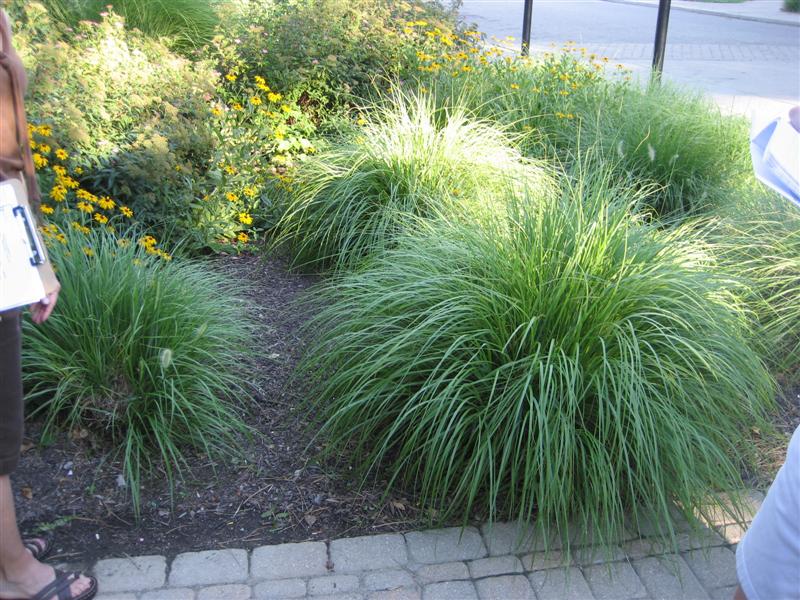

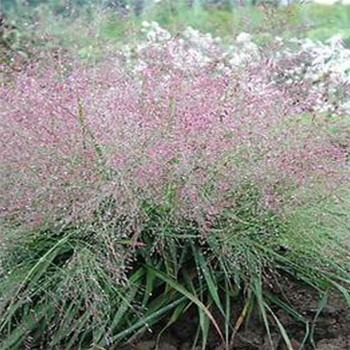
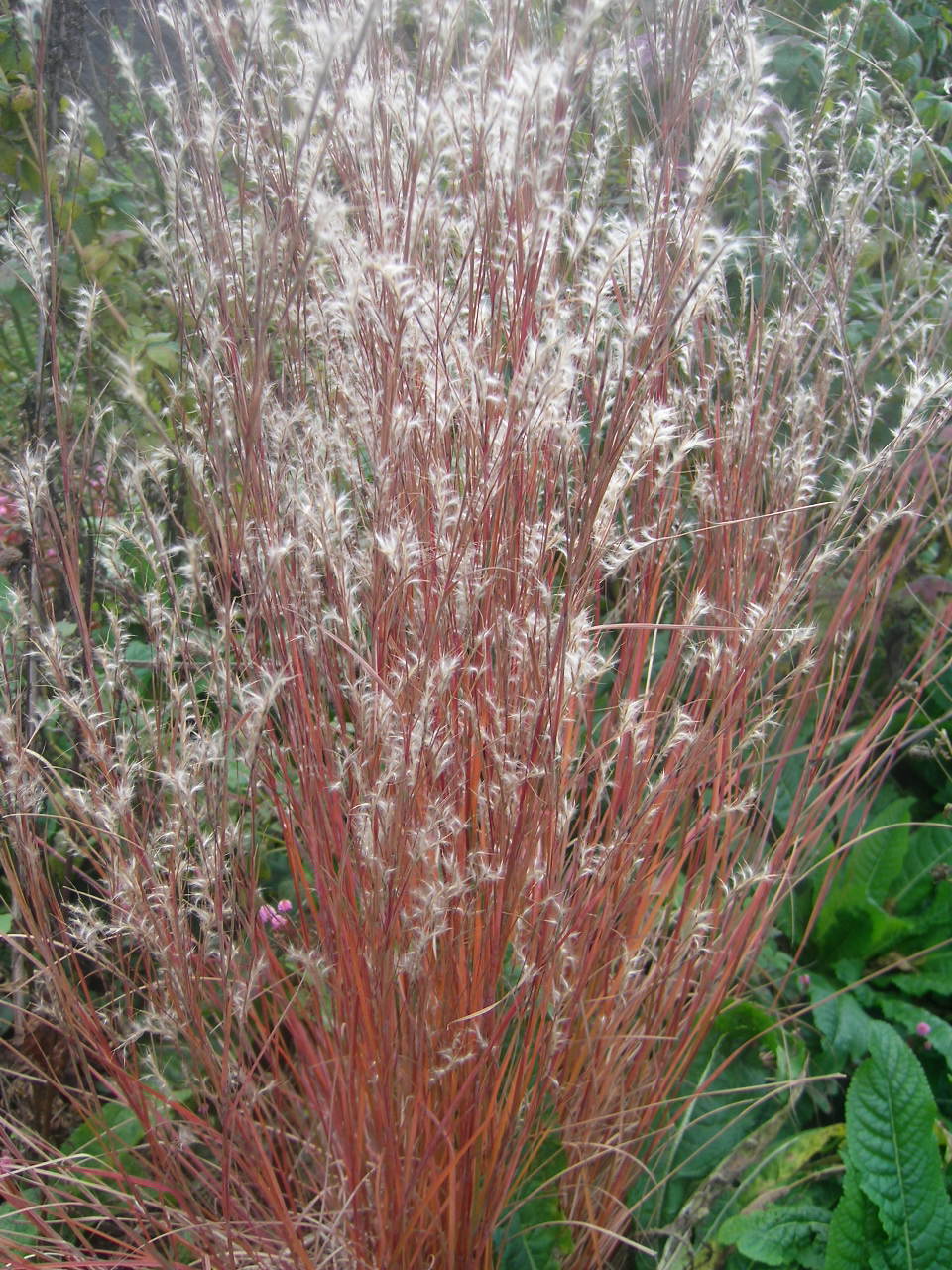



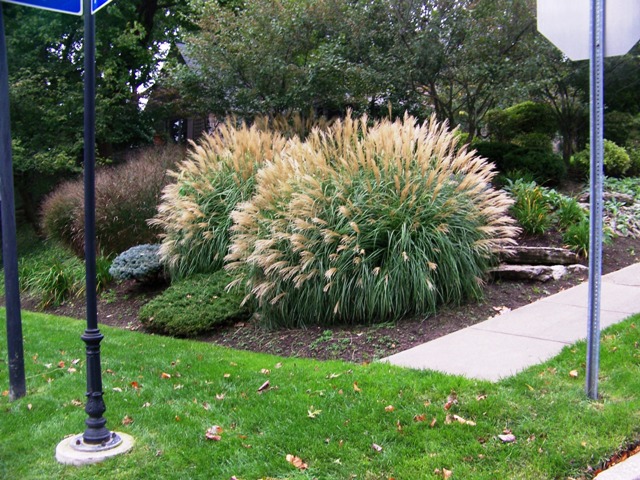
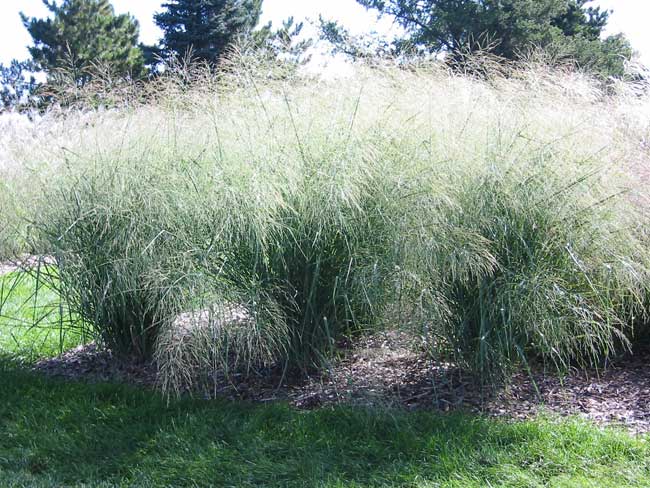

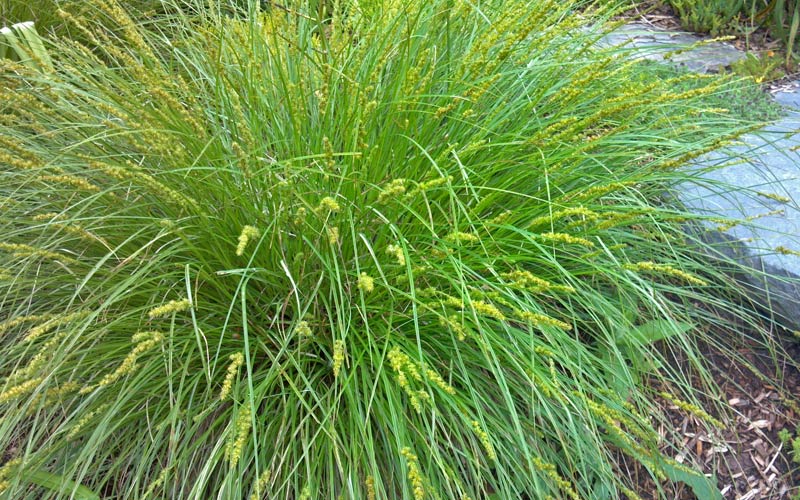
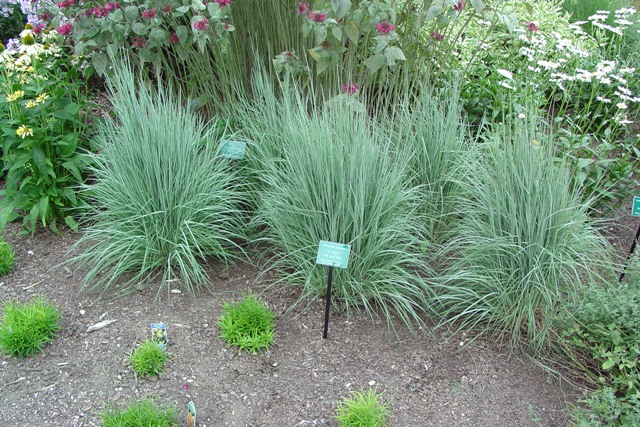
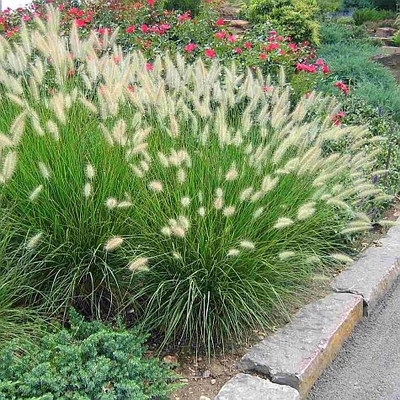

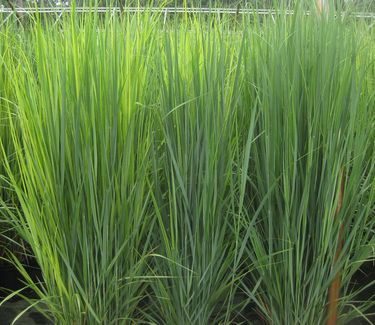

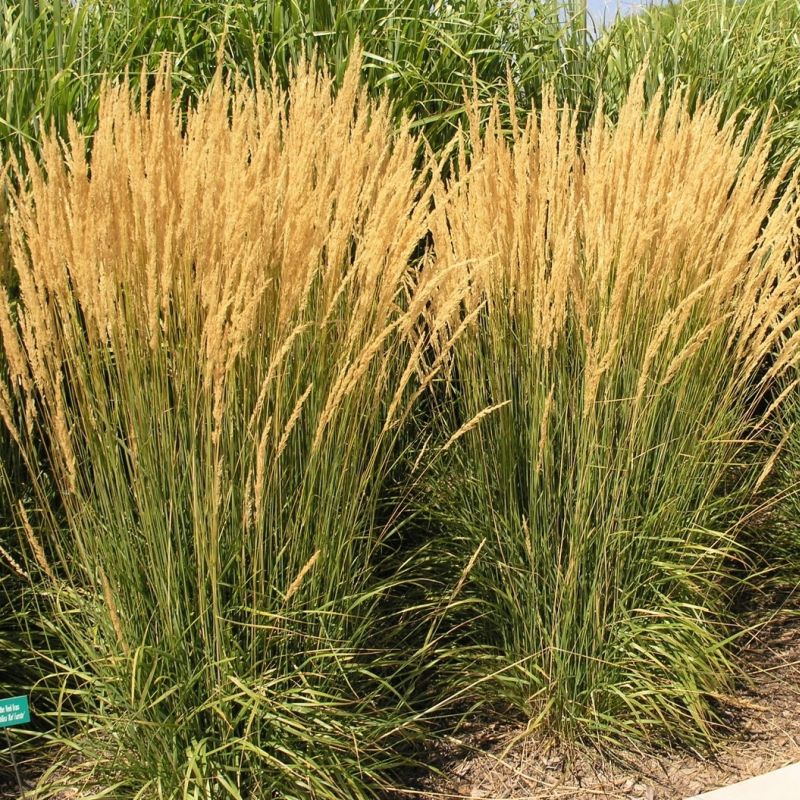

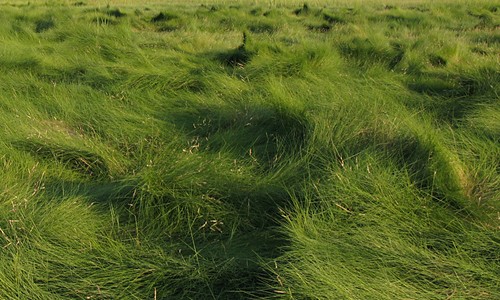
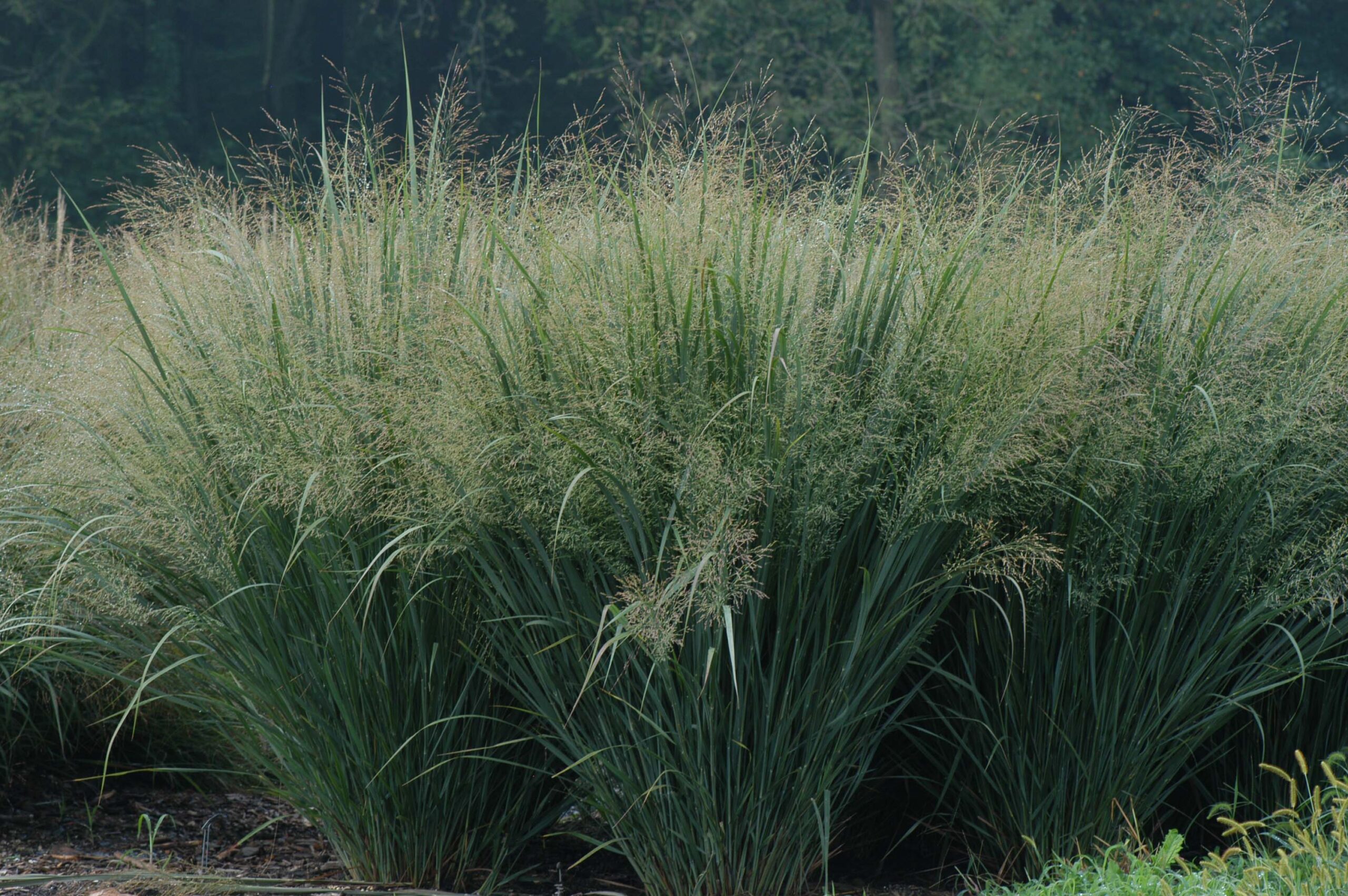
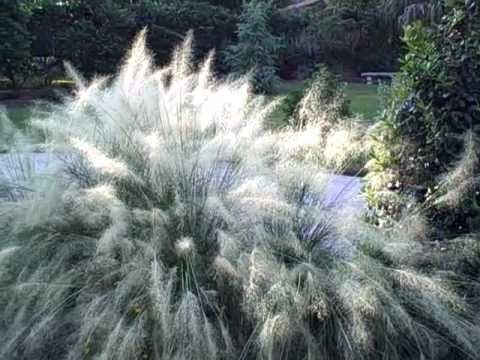
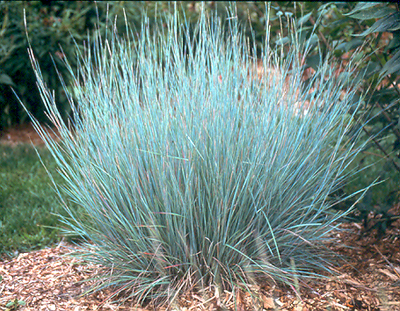
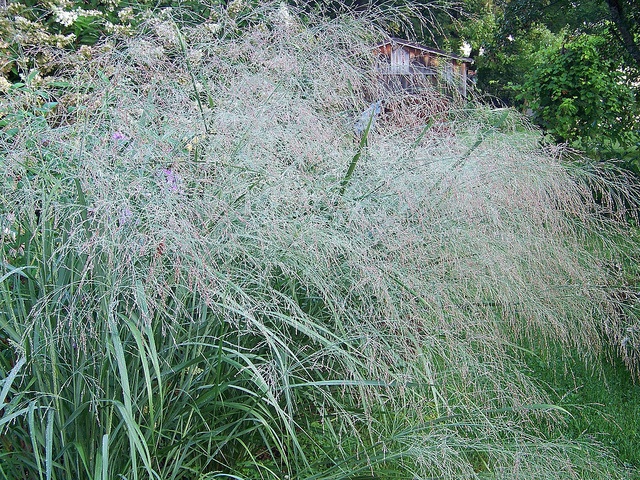
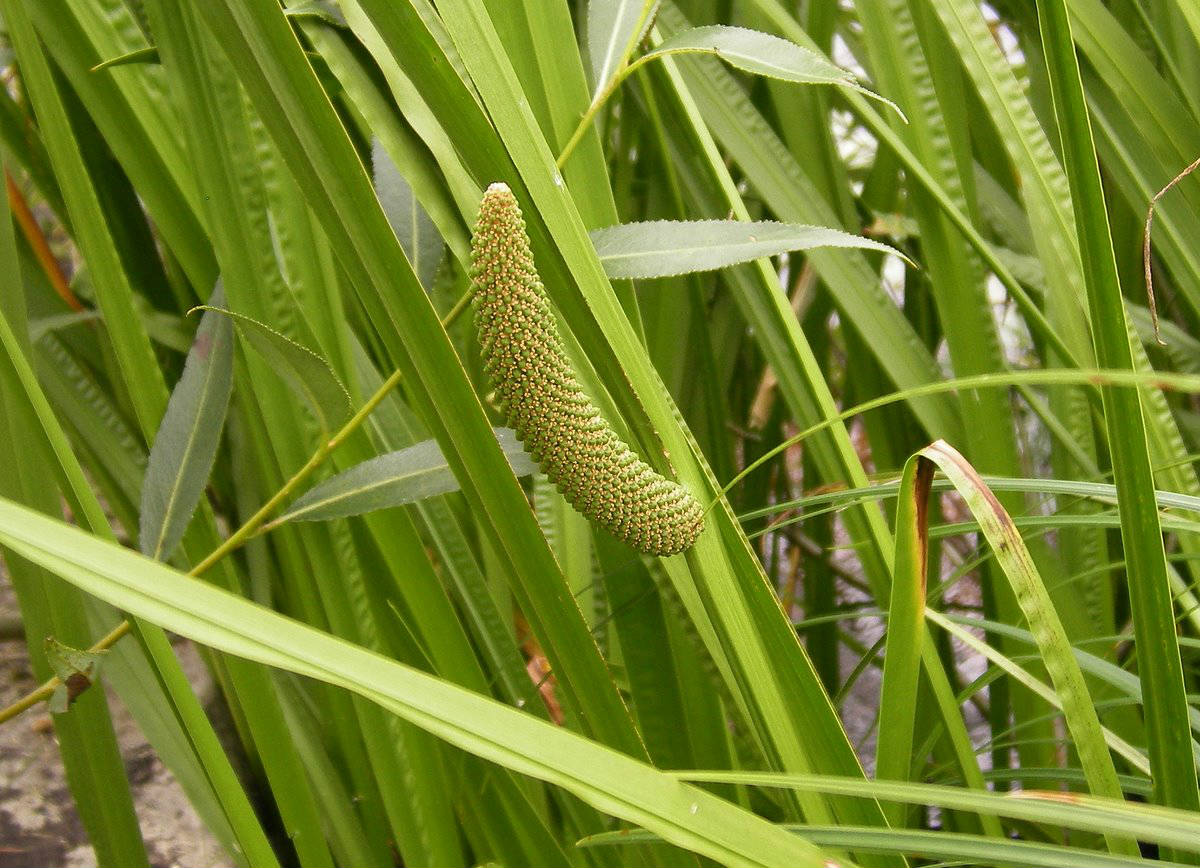


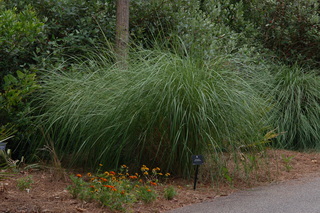
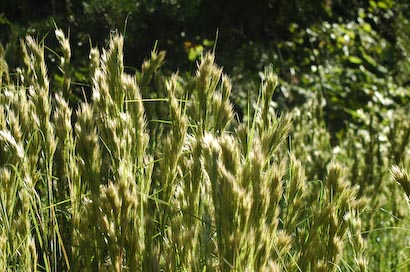
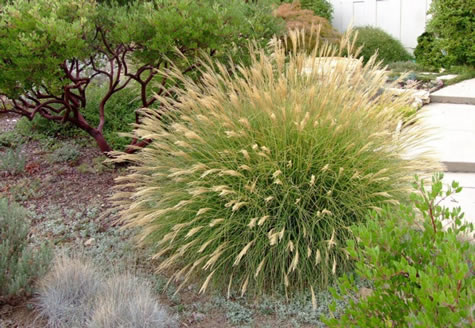
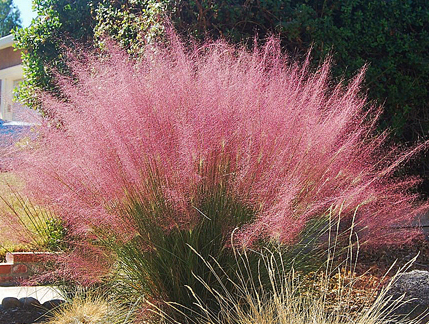
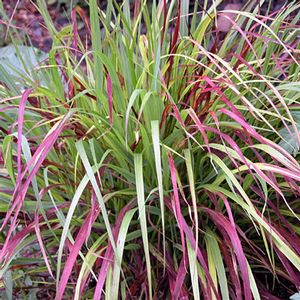


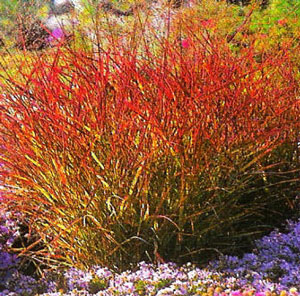
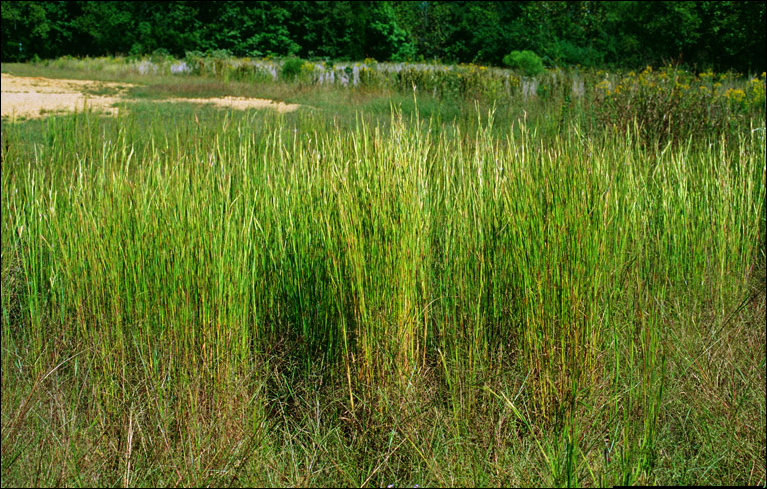
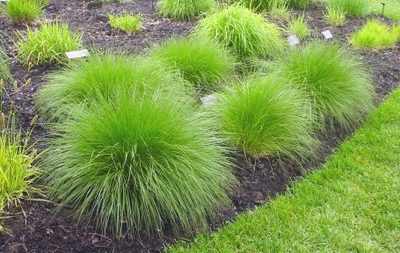
Reviews
There are no reviews yet.